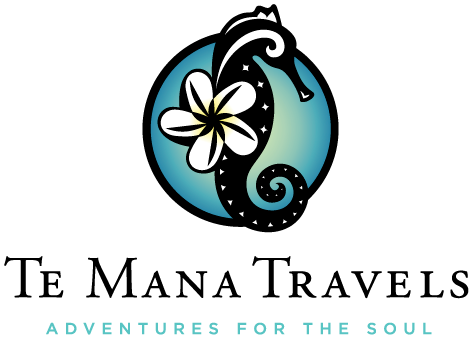Our favorite way to enjoy Uru is to cook it on the open fire. Our local cultural experts show guests this and allow them to participate in other authentic experiences during our Tahiti vacation packages.
The famous breadfruit trees (known as Uru in Tahitian) are seen growing plentifully throughout the islands of Tahiti. They give fruit about 3 times per year, come in many different varieties, and can be identified by its beautiful large green waxy leaves, and the leathery looking fruit it produces.
The Uru tree rose to fame due to the Mutiny on the Bounty and the notorious stories of Captain Bligh. After Captain Cook made his first voyage though the Pacific, he returned to England enamored by this fruit which appeared to be nutritiously dense, easy to grow, and a had a multitude of uses. Without a doubt Uru was a staple in the Polynesian diet prior to European influence, and its trunks and bark had been used for centuries to make canoes, tapa (clothing) and a variety of other life essentials. With Cook’s high praise for the Breadfruit tree, King George III sent Captain Bligh and his soon to be “mutineers” on a voyage from England to Tahiti to bring back Breadfruit as a cheap food source to feed slaves in the British West Indies sugar cane plantations. After Bligh’s mutineers succeeded in taking charge of their ship and sending Bligh adrift, they unfortunately tossed all of the Uru clippings they had collected overboard. But, the never to be deterred Captain Bligh successfully returned to Tahiti years later and successfully transported approx. 2,126 plants back to the Caribbean. Mission accomplished.
Today Uru is still a popular dish throughout the islands. It can be baked, fried, boiled, made into chips and fries, and used to make flour for gluten free baking. Our favorite way to eat Uru is cooking it on an open fire (see photo), watching the tough leathery skin turn black, and then dipping the hot fruit into fresh coconut milk. We are so fortunate to have our local cultural experts lined up for guests to experience this and other authentic experiences during our Tahitian group vacation packages.

